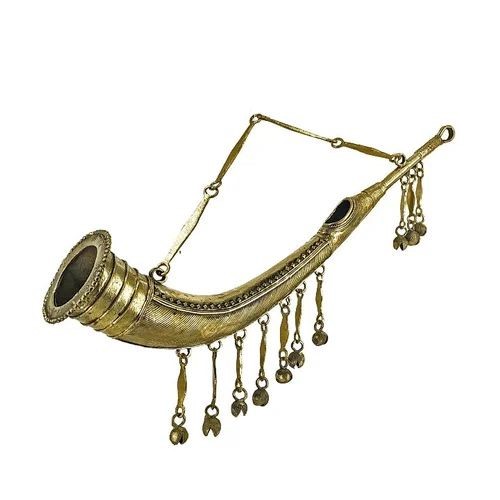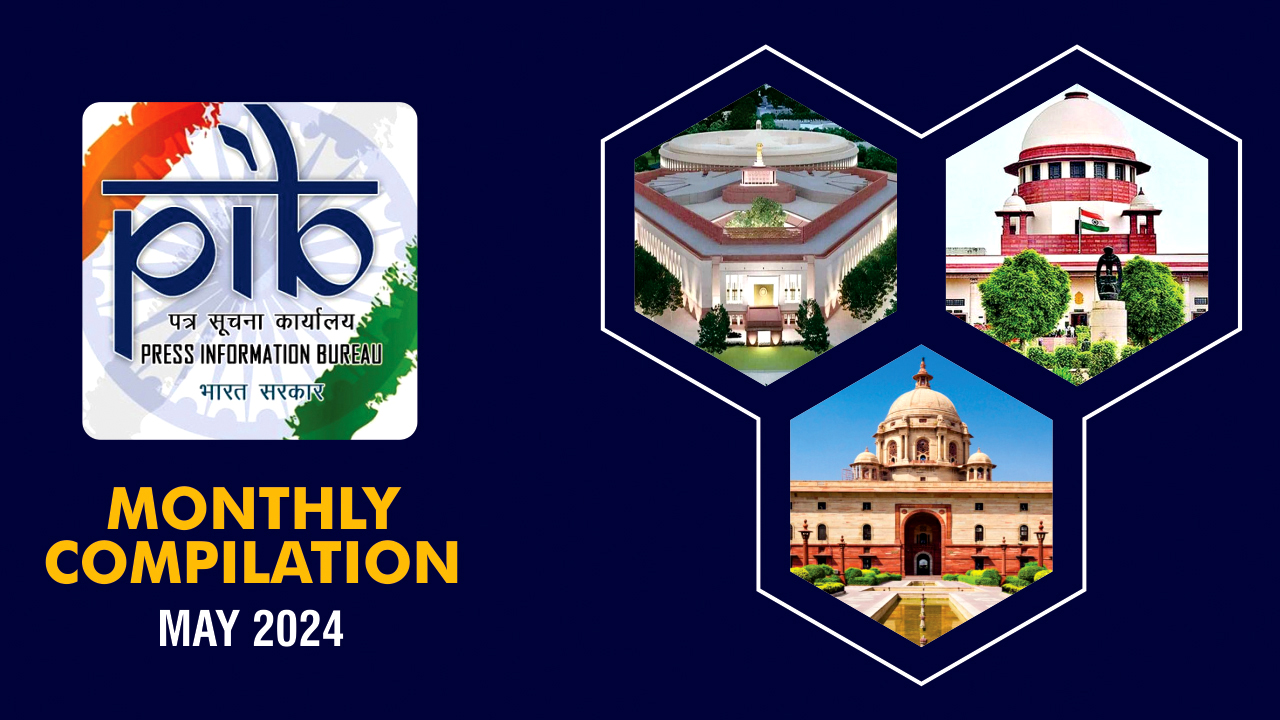Description

Disclaimer: Copyright infringement not intended.
Context
The Election Commission has allotted the election symbol “Man Blowing Turha” to the Nationalist Congress Party (NCP) faction led by Sharad Pawar, after the well-known “Clock” symbol of the undivided party was allotted to Ajit Pawar.
Details
Description
- The symbol depicts a man blowing a long, curved, trumpet-like instrument in the shape of a reverse 'C', typically adorned with a thread or string.
- It is pronounced and written as turhi, turahi, or turturi, with slight variations in form across different regions in Maharashtra.
- Traditionally, the turha was crafted from bullock horns before metal instruments became more common.
Historical Significance
- In ancient times, the ceremonial blowing of the turha was associated with the arrival of kings, nobles, and other dignitaries.
- It was a popular instrument in the court of Chhatrapati Shivaji Maharaj in Maharashtra.
- During the reign of the Adilshahi kings of Bijapur (1490-1686), the tutari was played as a salute.
- The turha signaled the beginning of significant journeys, battles, and other important events.
- Even during colonial rule, tutari musicians sought refuge from the British in temples, leading to its integration into religious traditions.
Cultural Relevance
- Today, the turha is commonly used at weddings, festivals, and political rallies in Maharashtra.
- It served as a rallying call during the farmers' protest of 2020-21.
- Often accompanied by percussion instruments like the dhol, the turha's resonant sound is an integral part of cultural celebrations.
- Beyond Maharashtra, the turha is also used in other parts of India, including Madhya Pradesh among the Gond tribals, Chhattisgarh, and Uttarakhand.
- It is played during ritual worship of deities and features in religious ceremonies in Nepal and Sri Lanka.
- The turha has even been showcased on the Chhattisgarh float at the Republic Day parade, showcasing its cultural significance on a national stage.

Musical Instruments of India
Classification and characteristics of Indian musical instruments based on the Natya Shastra by Bharat Muni:
Avanaddha Vadya (Membranophones or Percussion Instruments):
- Description: These instruments produce sound through the vibration of a stretched membrane when struck, plucked, or stroked.
- Examples: Instruments like mridangam, tabla, dholak, and kanjira fall under this category.
- Classification by Modes of Playing: Hand-played (e.g., mridangam), stick-played (e.g., nagara), and combinations of hand and stick play (e.g., tavil).
Tat Vadya (Chordophones or Stringed Instruments):
- Description: Sound is produced by vibrating strings stretched between two points.
- Examples: Instruments like sitar, sarod, veena, and dilruba belong to this category.
- Classification by Modes of Playing: Bowed (e.g., sarangi), plucked (e.g., Saraswati veena), and struck (e.g., swaramandala).
Ghan Vadya (Idiophones or Solid Instruments):
- Description: These instruments vibrate to produce sound when struck, shaken, or scraped, without the use of membranes or strings.
- Examples: Instruments like bells, gongs, and cymbals fall under this category.
- Characteristics: They produce sonority through their elastic nature and are usually played with a striker or hammer.
Sushir Vadya (Aerophones or Wind Instruments):
- Description: Sound is primarily produced by causing a body of air to vibrate within the instrument, without the use of strings or membranes.
- Examples: Instruments like flute, shehnai, and harmonium are common in this category.
- Classification by Modes of Playing: Wind supplied mechanically (e.g., harmonium) or by breath (e.g., flute, shehnai).

Conclusion
The turha symbolizes not only the rich cultural heritage of Maharashtra but also serves as a reminder of its historical significance and continued relevance in contemporary times. As an election symbol, it represents the cultural ethos and traditions of the region, reflecting the identity and aspirations of the people it represents.
|
PRACTICE QUESTION
Q. Give an overview of the classification and characteristics of Indian musical instruments based on the Natya Shastra by Bharat Muni. (250 words)
|
















